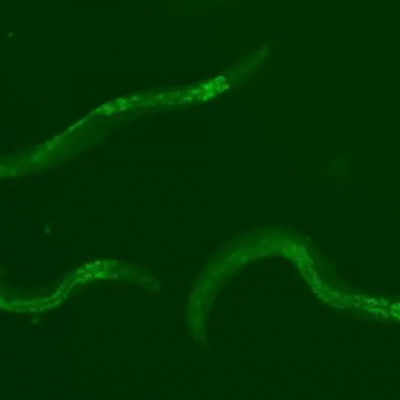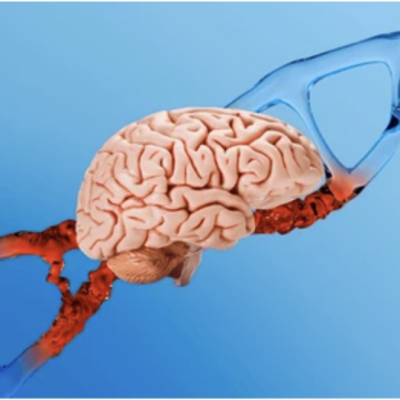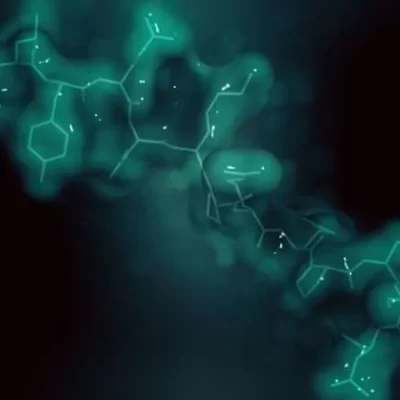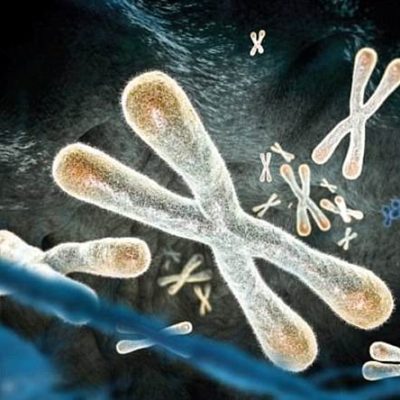A recent breakthrough in the study of hybrid peptide-DNA nanostructures suggests that artificial organisms could soon be used in medicine. These organisms could potentially be designed to consume disease-causing viruses. While many people associate artificial life forms with science fiction, scientists have been researching the creation and potential uses of new life forms that do not exist in nature for some time. Chenguang Lou of the University of Southern Denmark has published a study on hybrid peptide-DNA nanostructures, a field of research that is only ten years old but could revolutionize medicine in the future. Lou plans to develop viral vaccines, modified and weakened versions of viruses, as well as artificial life forms that can diagnose and treat diseases.
The recent breakthroughs in the study of hybrid peptide-DNA nanostructures suggest that artificial life forms could serve as vaccines against viral infections and could be used as nanorobots or nanomachines that are loaded with drugs or diagnostic elements and sent into a patient’s body. To create these artificial life forms and viral vaccines, Lou and his team plan to use DNA and peptides. DNA and peptides are used by nature to build various protein structures in cells that then develop into organisms. These central biomolecules can be precisely modified thanks to new DNA and peptide technologies.
Scientists around the world are working on combining DNA and peptides to create a foundation for the development of more advanced biological units and life forms. Researchers at Ben-Gurion University of the Negev have used hybrid molecules to create an onion-like spherical structure that contains cancer drugs and has the potential to be used for targeted treatment of cancer tumors. Scientists at the University of Oxford have developed a nanomachine made of DNA and peptides that can penetrate a cell membrane and create an artificial membrane channel through which small molecules can pass. Researchers at the Arizona State University and the Northwest University have also made significant progress in the self-organization of DNA and peptides into 2D and 3D structures.
While the development of artificial life forms could lead to a significant scientific and medical revolution in the coming years, it is important to ensure that these organisms are safe. They could help us treat diseases more effectively, understand the human body better, and expand the limits of our own biology.










